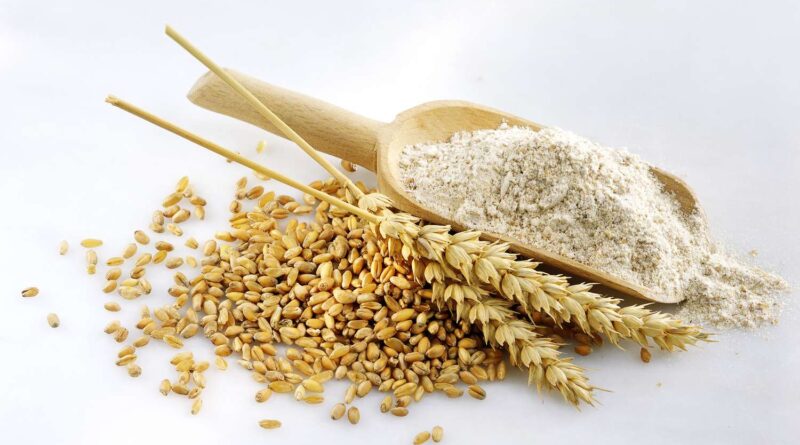India reaps record wheat output despite drop in area
By Bhavey Nagpal
Despite a fall in area under cultivation, India’s wheat production touched an all-time high of 112.92 million tonnes in the 2023-24 rabi season, which is 2.9% higher than the previous year.
According to data released by the Karnal-based Indian Institute of Wheat and Barley Research on Tuesday, India, which is the second-largest wheat grower after China, recorded a yield of 110.55 million tonnes last year, which was also the highest till then.
Scientists at the institute, which comes under the Indian Council of Agricultural Research (ICAR), said that the country recorded an increase in wheat yield from 3,521 kg per hectare (kg/ha) in 2022-23 to 3,615 kg/ha this season, an increase of 84 kg/ha, which is an all-time high.
Dr Anuj Kumar, a principal scientist at the institute, said that an increase on both the parameters is phenomenal despite fall in area under wheat from 31.40 million hectares (Mha) in the previous season to 31.23 Mha this time.
Rich harvest in Punjab, Haryana
The data suggests that five major wheat-producing states, namely Uttar Pradesh, Madhya Pradesh, Punjab, Haryana and Rajasthan, account for 91.6% of the total national production.
Barring MP, the wheat yield in the four states was more than the national average of 3,615 kg/ha this time.
Punjab recorded a wheat yield of 5,069 kg/ha, followed by Haryana at 4,674 kg/ha, Rajasthan at 3,938 kg/ha and Uttar Pradesh at 3,804 kg/ha.
Scientists attribute the bumper yield to favourable weather, deployment of climate-resilient seed varieties and assured price on the crop.
Wheat scientist Ratan Tiwari, who took over as institute director in June, said the prolonged cold not only improved production but also the yield potential of the crop. “There is a growing awareness among farmers about the changing weather patterns and they are shifting more to new heat-tolerant wheat varieties on a larger scale. Moreover, due to the assured price by the government, it remains a priority crop for farmers in areas with better irrigation and weather,” the director said.
Climate-resilient varieties
The last two years witnessed extreme heatwaves around March, impacting the output and quality of the wheat. In 2022, scorching weather coupled with untimely rain restricted wheat production to about 100 million tonnes, prompting the farmers to opt for climate-resilient varieties.
The institute introduced climate-resilient and bio-fortified varieties that most of the states adopted, including DBW-303, DBW-327, DBW-370, DBW-371 and DBW-187, also called the “mega variety or pan-India variety”.
Principal scientist Anuj Kumar said, “Farmers opted for new varieties and these have been introduced in 80% of the fields. The yield potential is better in these varieties and they are heat tolerant. No excessive rain during the critical December and January also proved to be favourable.”
This article has been republished from The Hindustan Times.

